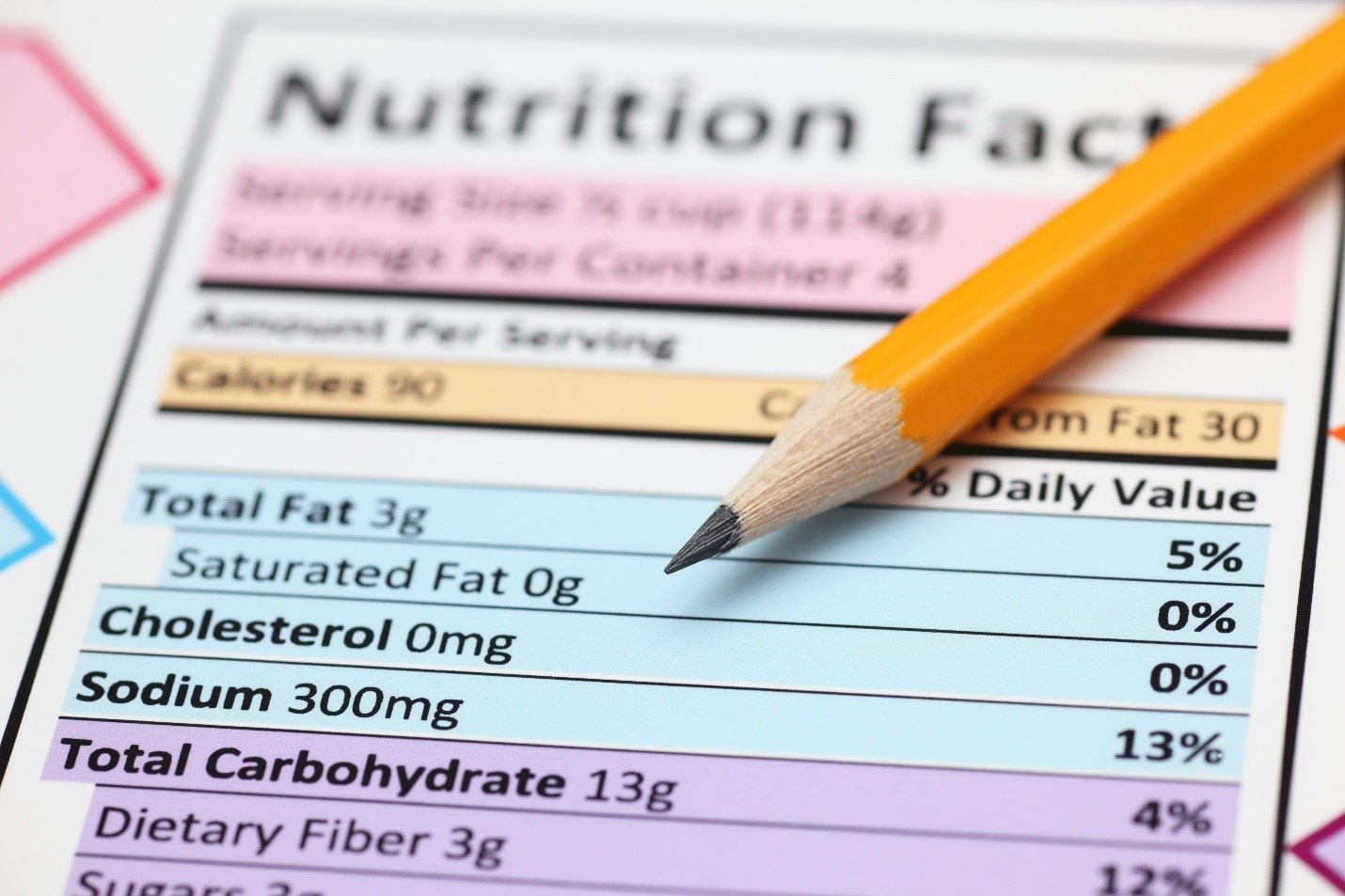Inside BENEO’s new pulse plant: pioneering sustainable protein from faba beans
Two regulations namely “FSS (Packaging) Regulations and FSS (Advertising and Claims) Regulations have been finalised and notified in the year 2018
Healthy diet is one of the key responses to the rising incidence of non-communicable diseases. Both supply and demand-side interventions are needed to ensure that citizens have access to and eat healthy food.
FSSAI has initiated a series of action in this regard.
As everybody is aware that “Food Labeling” serves as a primary link of communication between the manufacturer and consumer and covers both food safety and information of consumer interest. To make the national labelling regulations more robust and effective, FSSAI is in the process of comprehensive revision of Food Safety and Standards (Packaging and Labelling) Regulations, 2011 with the objective of having three different regulations dealing separately to packaging, labelling and Advertisement & claims requirements.
In this series, two regulations namely “FSS (Packaging) Regulations and FSS (Advertising and Claims) Regulations have been finalised and notified in the year 2018.
Now the FSSAI’s new Labelling and Display regulations is ready for draft notification. These regulations will supersede the Food Safety and Standards (Packaging and Labelling) Regulations, 2011.
As per the release, “The idea behind the new labelling regulations is to enable citizens to know more about the composition of food products, so that they can make informed choices. According to the proposed draft Food Safety and Standards (Labelling and Display) Regulations, the packaged food companies will need to declare nutritional information such as calories (energy), Saturated fat, trans-fat, added sugar and sodium per serve on the front of the pack. The food labels will also declare, per serve percentage contribution to RDA (recommended dietary allowance) on the front of the pack.”
In a bid to encourage consumers make healthier food choices, these regulations propose to make it mandatory to display red colour-coding on front-of-the-pack labels on packaged food products that have high-fat, high-sugar and high-salt content levels. This requirement would be implemented in phased manner for a period of three years.
In present time, the industry practice is to put manufacturing date and expiry date at two different places over the pack and it became difficult for consumer to see both at a glance. Hence, the new regulations propose that Date Marking including date of manufacturing and date of expiry must be at one place to make it easily.
Food allergen labelling is an important tool to reduce risk of exposure and prevent anaphylaxis for individuals with food allergies. Hence the new regulations prescribe the Provision for labelling of food allergen and also allows to use of standardized precautionary and safety symbols.
Other key features of these regulations are:
- Mandatory labelling requirements like information relating to allergens and logo of veg, non-veg food etc. for the prepared food as well.
- Nutritional information may additionally be provided in the form of Barcode/Global Trade Identification Number (GTIN).
- New logo for Vegetarian food which consists of a green colour filled triangle inside a square with green outline to enable the colour blind people a
- Every package of food material which is not meant for human consumption shall bear a [X] symbol so as to clearly distinguish the non-food grade items to food items.
- An internal mechanism to address the problem arising out of implementation/interpretation of the regulations.
FSSAI has invited suggestions and objections from stakeholders within 30 days from the publication of the draft regulations. Several main issues raised by the industry association particularly with front-of-the-pack labelling would also be considered at the time of finalization of these regulations.

